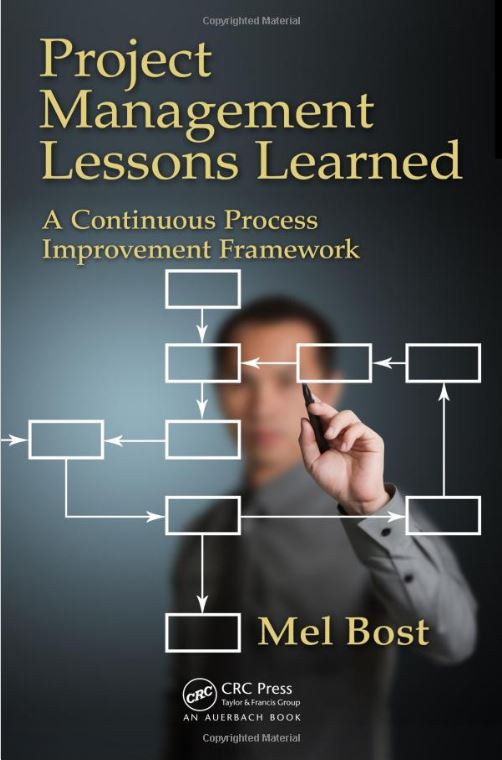I am certain that every active project manager has encountered a situation in which a project sponsor, stakeholder, or even a team member seems to be taking actions in the short term that would tend to undermine the success of the project, or to disagree with previous decisions on project scope, direction, or management. Some of these actions can be handled by the project manager by simply talking to the individual and expressing the common interest that he and the stakeholder or team member has to complete the project successfully.
However, there are some situations where the project manager may be at a loss to understand what recourse he has in the specific situation at hand. I would like to offer a few suggestions.
In the book Crucial Conversations, the authors teach us a process to create effective dialogue with our colleagues. When this process seems to break down (and it does often in project situations), the authors teach us to ask the question “In this instance, what would make a reasonable, rational person act as this person is acting? What are the drivers?”
Often, this question by the project manager can uncover aspects of the project or organizational environment that are adversely affecting the attitudes and actions of the project team member.
Another way of dealing with a difficult situation might be to follow the advice I heard in a recent TV series. In the SHOWTIME TV Series “Homeland,” Mandy Patinkin and Claire Danes are a CIA Manager and a CIA Agent, respectively, who are engaged in activities to protect the United States from terrorist threats. These two have obviously worked together closely for quite some time, and Claire’s character, Carrie, considers Mandy’s character, Saul, a mentor in her development as a CIA agent.
In an exchange in which they are discussing some recent interactions with terrorist activities, Saul says “Remember what I have told you. Focus on what makes these people human and not what makes them terrorists. That’s where the drivers of behavior are likely to be found.”
How many of you as active project managers have taken such an approach when trying to sort out colleague resistance and actions which seem counter to project success?
Often the key to disruptive behavior lies in their humanness and interactions with other colleagues. Focus on what makes them human, and not what makes them project managers.
How does a project manager uncover humanness in colleagues? Don’t rely strictly on your observations to lead you to a solution. Those of you who watch the CNBC or Bloomberg Business Networks on TV know that when a company such as Target or General Motors reports quarterly profits and sales, the CNBC or Bloomberg analyst will often interview an industry analyst who covers a specific industry to get a “perspective” on what contributed to the performance and how it compared with other competitors in that industry. Why do they do that rather than go directly to the Target or General Motors spokespersons? Obviously, elimination of bias along with introduction of industry comparison is a reason. So, when you investigate the behavior or actions of a stakeholder, sponsor, or project team member who seems to be acting in a manner which undermines the project direction, talk to his or her colleagues to get a balanced perspective of what makes that person “human.”
Of course, this applies in other disciplines like project management. In the legal profession, your interaction with another colleague might result in you asking “Why would a reasonable and rational person act this way?” Look for what makes that colleague human, and you will probably find a common ground to continue your collaboration.
Although project management can be defined as a disciplined methodology or framework for accomplishing a goal or objective, it takes finesse in human resource management to make it work effectively.

Leave a Reply